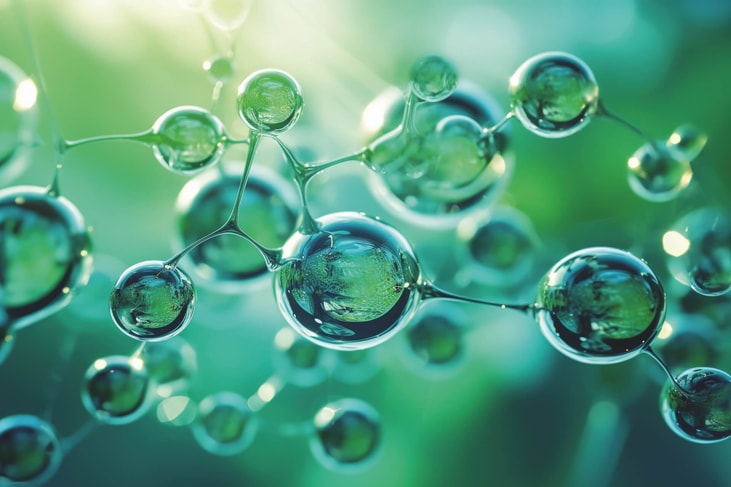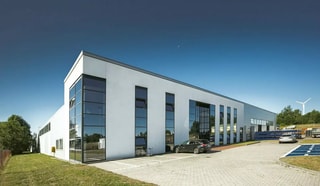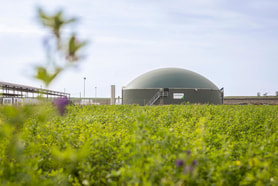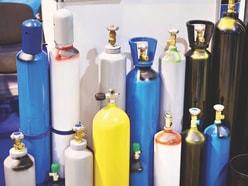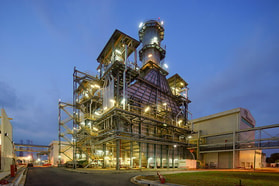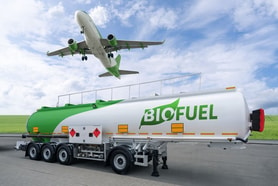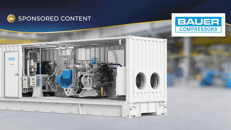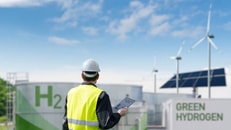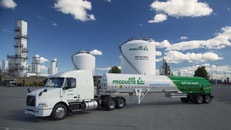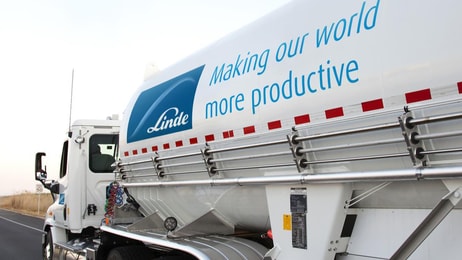Research shows hydrogen and regulation is driving shift to safer membrane tech
Once seen as the gold standard for chemical durability, PFAS-based membranes are now under pressure. With the green hydrogen sector scaling up and environmental scrutiny intensifying, developers are moving to phase out these so-called “forever chemicals” in favour of safer alternatives.
New analysis from independent research group IDTechEx forecasts that the ion exchange membrane market will surpass $2.9bn annually by 2035, driven by its expanding role in electrolysers, hydrogen fuel cells and carbon capture technologies.
Perfluoroalkyl sulfonate (PFAS) membranes, such as Nafion, currently dominate the market due to their high stability and performance in harsh conditions. These materials account for more than 85% of global demand in 2025. But PFAS substances are increasingly linked to health concerns, including cancer and hormone disruption, and are being targeted by regulators due to their persistence in the environment.
... to continue reading you must be subscribed

